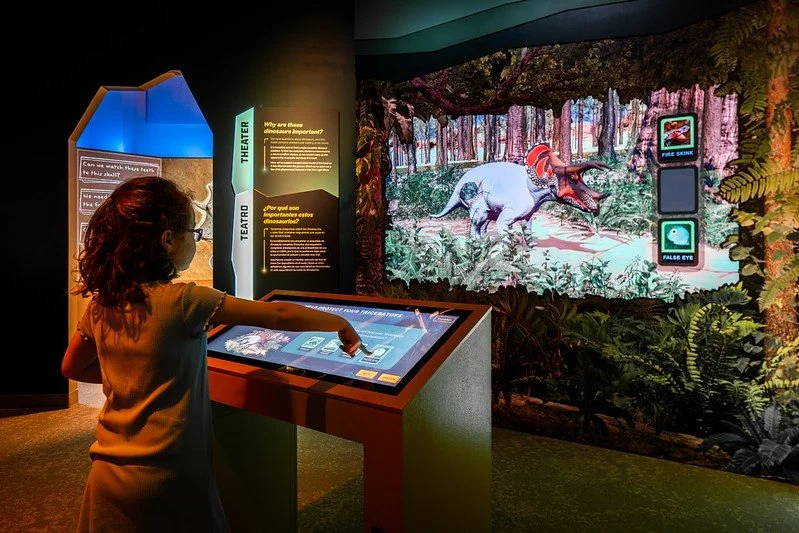What We Learn When We Let Players Break Things
Every time I think I’ve anticipated how players will interact with a system, I’m wrong. And that’s the best part.
Playtests are humbling. You spend months crafting elegant logic, only to watch someone approach it sideways, poke a hole in it, or find a joyfully chaotic use you never intended. The first instinct is to fix it. The better instinct is to listen.
Over time, I’ve started to think of this process like designing a museum. Traditional experiences, much like film, can feel like adult museums: beautiful, precious, and protected by “please don’t touch” signs. Games, on the other hand, are more like children’s museums. You can’t design them to be observed; you have to design them to be touched, explored, and yes, occasionally broken.
That shift in mindset changes everything. Suddenly, every broken system is a lesson in player intuition. Every exploit is a creative partnership. Every piece of unintended chaos reveals what players find meaningful, funny, or empowering.
When you start building for interaction instead of preservation, you unlock a different kind of beauty. One that evolves every time someone new steps into the space.
Whether it’s a game, a classroom, or a future exhibit, I’ve learned that the real art isn’t in what stays pristine. It’s in what players leave behind: the laughter, the experiments, and the messy, magical evidence of having played.


